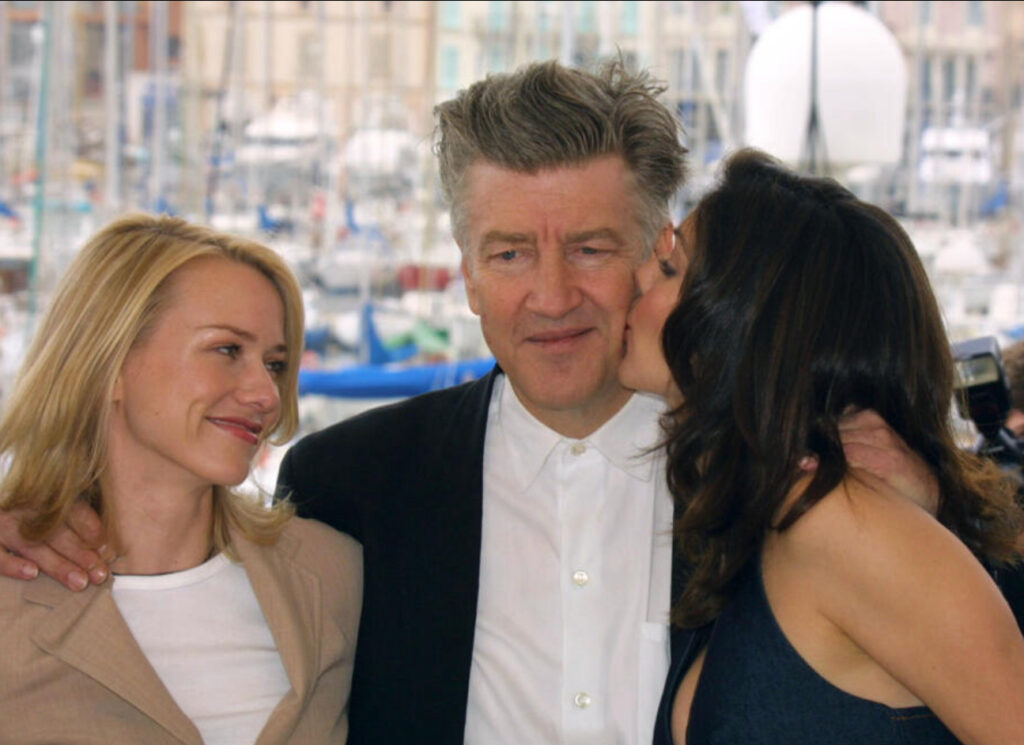
David Lynch’s 2001 neo-noir masterpiece Mulholland Drive is a surreal and haunting exploration of Hollywood’s dark underbelly. With its enigmatic storytelling, dreamlike visuals, and unforgettable performances, the film has captivated audiences and critics alike for over two decades. Despite its acclaim, there are many fascinating details about Mulholland Drive that even the most devoted fans might not know. Here’s a deep dive into nine intriguing facts about the film’s history, production, and enduring legacy.
It Was Originally Intended to Be a TV Pilot
Before Mulholland Drive became the cult classic we know today, David Lynch initially conceived it as a television series. In the late 1990s, Lynch shot a pilot episode for ABC with the hope of developing it into a full-fledged TV show. However, the network executives found the pilot too bizarre and confusing, ultimately rejecting it. Lynch, unwilling to let go of his vision, secured funding from StudioCanal to expand the project into a feature film. He added new scenes, altered the narrative structure, and transformed the once-open-ended pilot into a self-contained cinematic experience that would go on to win him the Best Director award at Cannes.
The Blue Box and Key Were Not in the Original Pilot
One of the most iconic symbols in Mulholland Drive is the mysterious blue box and key, which hold significant narrative weight in the film’s latter half. Interestingly, these elements were not part of Lynch’s original television pilot. When the director reworked the project into a feature film, he introduced the blue box as a way to bridge the narrative gaps and add another layer of mystery to the story. The enigmatic object serves as a pivotal turning point in the film, marking the transition from fantasy to reality—or perhaps deeper into illusion.
Naomi Watts Was Almost Overlooked for the Lead Role
Today, it’s hard to imagine anyone other than Naomi Watts in the dual role of Betty/Diane, but Lynch initially had other actresses in mind. Watts was relatively unknown at the time and had struggled for years to break into Hollywood. However, when Lynch saw her headshot, he felt an immediate connection to her look and decided to give her a chance. The role became Watts’ breakout performance, launching her career and solidifying her as one of the most compelling actresses of her generation. She has since spoken about how Mulholland Drive changed her life and remains one of her most cherished projects.
The Film’s Structure Mirrors a Classic Hollywood Narrative—With a Twist
Beneath its surreal and fragmented storytelling, Mulholland Drive cleverly mirrors the classic Hollywood success story—but with a dark, Lynchian twist. The first half of the film presents an idealized version of Betty’s journey as a wide-eyed newcomer in Hollywood, filled with dreams of stardom and romance. However, as the narrative unfolds, the reality of Diane’s tragic downfall emerges, exposing the cutthroat, exploitative nature of the film industry. Lynch plays with the audience’s expectations, using classic Hollywood tropes only to subvert them in the most unsettling ways.
The “Club Silencio” Scene Was Inspired by Lynch’s Own Experiences
One of the film’s most unforgettable sequences takes place in Club Silencio, a surreal nightclub where illusion and reality blur. Lynch has revealed that the inspiration for this scene came from his personal experiences with transcendental meditation and his fascination with the nature of reality. The mantra “No hay banda” (There is no band) underscores the film’s overarching theme—that everything is an illusion, and nothing is as it seems. The sequence, with its eerie atmosphere and poignant rendition of “Llorando,” encapsulates the film’s exploration of dreams, desires, and heartbreak.
The Cowboy Character Was Based on a Real Person
The mysterious and unsettling Cowboy character, who appears in only two scenes but leaves a lasting impression, was inspired by a real-life encounter Lynch had. According to the director, he once met a man in Los Angeles who had an intimidating yet strangely enigmatic presence—someone who could command attention with just a few words. The Cowboy’s cryptic lines and deliberate mannerisms add an extra layer of intrigue to the film, leaving audiences questioning his true purpose and whether he represents a higher force at play in Hollywood’s sinister world.
The Film Contains Hidden Clues for Interpretation
David Lynch is known for his cryptic storytelling, and Mulholland Drive is no exception. Upon the film’s DVD release, Lynch included a list of ten “clues” to help viewers decipher its meaning. Some of these clues include paying close attention to the opening credits, observing the appearance of red lampshades, and questioning the significance of the title. While Lynch has never offered a definitive explanation, fans and critics have used these clues to formulate countless theories about the film’s themes, including identity, guilt, and the corrupting power of ambition.
The Car Crash Was a Crucial Turning Point in the Narrative
The film’s opening scene, featuring a mysterious car crash on Mulholland Drive, serves as more than just a plot device—it sets the tone for the entire film. Lynch uses the crash as a metaphor for a rupture in reality, a catalyst that sends Rita (played by Laura Harring) on a journey of self-discovery and transformation. Some interpretations suggest that the crash represents Diane’s mental breakdown or even her death, with the rest of the film unfolding as a surreal afterlife experience.
The Film’s Ending Offers Multiple Interpretations
The ambiguous ending of Mulholland Drive continues to spark debate and discussion. As Diane’s tragic story comes to light, the film shifts into a surreal descent marked by guilt, regret, and a loss of identity. Some viewers interpret the ending as a cautionary tale about the perils of chasing stardom in Hollywood, while others see it as a meditation on fractured identity and the power of dreams to both uplift and destroy. Lynch’s refusal to provide clear answers allows the film to remain an open-ended mystery, inviting audiences to engage with it on a deeply personal level.
Final Thoughts
More than two decades after its release, Mulholland Drive continues to captivate audiences with its haunting atmosphere, complex narrative, and emotional depth. Its blend of mystery, romance, and psychological horror ensures that every viewing reveals new layers of meaning and interpretation. Whether you see it as a dark commentary on Hollywood’s dream factory or a surreal exploration of identity and longing, one thing is certain—David Lynch’s Mulholland Drive remains one of the most fascinating and enigmatic films ever made.
If you’ve only scratched the surface of this cinematic masterpiece, consider revisiting it with fresh eyes—you might just uncover something you never noticed before.
No comments yet.








